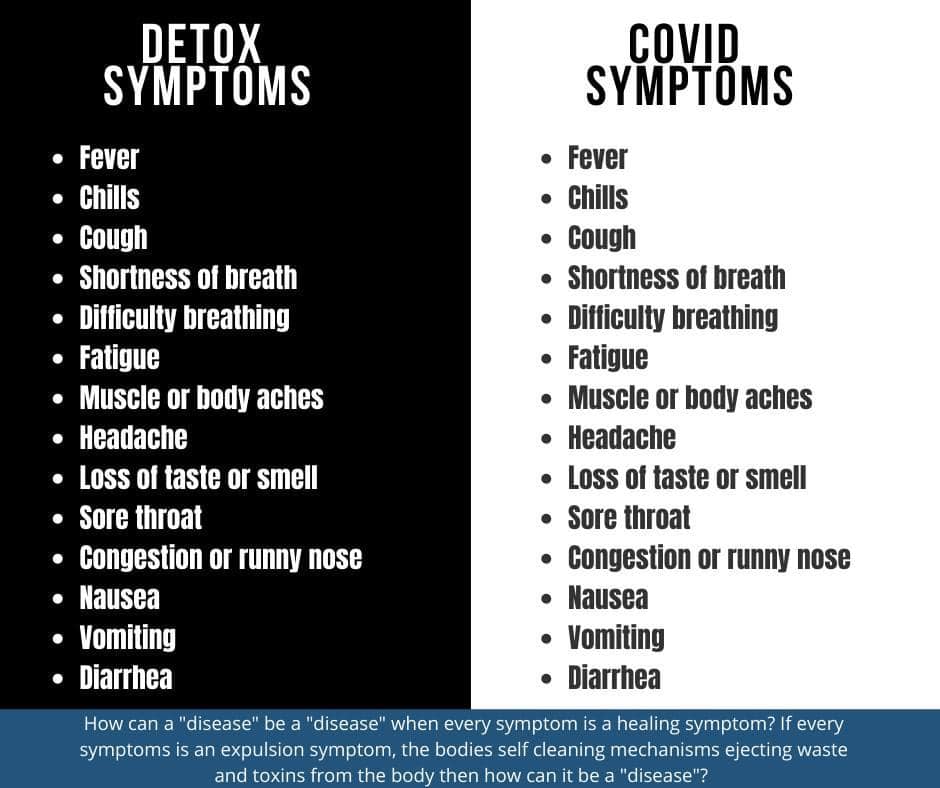There is nothing…noooothing that can replace what chewing does physiologically.
Let me address this then I can share a few other things with you.
I personally believe that it is the biggest single factor under our control that can change the course of our body health overall.
I am a survivor of cancer and even before I was diagnosed my body started me headed in a healing direction for which I am very grateful. One of the first things I started doing was chewing my food 100X. I literally started liquefying everything like a juicer and then swallowing the worn out flavorless pulp. I wouldn’t try that overnight but you might want to work up to that as quickly as you can comfortably. This practice alone will began a long term change that improved many things in my life. Not only did my oral health improve but my jaw corrected to a better alignment and my sinuses are much healthier too.
It literally fixes a whole load of problems.
I don’t count anymore because I eventually learned to just chew everything until there is no liquid left. However long that took. It has been so revolutionary to me that I dedicated a whole site to it…LoL https://chewdigest.com
NO mouth breathing. It was little rough at first but over time my sinuses improved greatly because of these two physical practices that focused on my mouth and nose. My inputs.
My body has a natural cycle; a rhythm. Very much like clockwork. I found that my body performs its best when I do the following religiously.
This is one practice that has worked very well for me. You might try it on for size. My body likes this one as it follows a very simple schedule that has nothing to do with me but the day/night cycles.
- 12 Noon to 8 PM: Feed
- 8 PM to 4 AM: Assimilate what you ate from 12-8.
- 4 AM to 12 Noon: Eliminate and cleanse.
I eat no solid foods outside the feeding window. I’m ready to fall asleep before 9 and laying down with something good to read or write ready to fall asleep. My body takes off during this 8-hour shift. So I go to bed. I usually wake up around midnight and have a glass of water or two then back to bed. But sometimes I’m inspired to write and will for a couple of hours. Then I sleep in till 6’ish.
I almost always wake up religiously at 4 AM. Strangely when our body’s assimilation shift is over. It’s like it hands me back the keys…LoL
When I first get up I juice 2 limes, 1 lemon, and 1 orange and top off in a pint glass with water. I will have a big cup of decaffeinated green tea usually after 9 am with some honey and lemon in it.
If I can’t make it till Noon I will have an orange. That usually gets me there.
I eat only fruit from Noon till 6 PM. I eat only one thing at a time but enough to fill me up. 2-3 times till dinner which is a huge leafy green salad with all the other good tomato, cucumber, carrot, etc., and then done by 8.
A few other factors I removed from my diet that made HUGE improvements in circulation and hydration levels were coffee, dark chocolate, and SALT. It’s all the same no matter the color, price, or origin…LoL. I know we love these things, but we don’t need them and they are not much of a help in wanting to achieve my fullest potential of 120 years with a body that looks and feels no more than 34.
This is basically a high-performance lifestyle/diet that optimally observes what my body needs to heal, recover and rebuild at the fastest rate. I intuited most of this on my own by trial and error over a 3.5 year period. I’ve written about that too…LoL.
It was more than just a dietary change but a tuning if you will of my will with the will of my body.
And it just keeps getting better for me every day. I’m almost 50 and people think I’m in around 30 when they meet me. And that is after cancer too.
I can’t tell you what your body wants, but I know what worked for me. And I don’t think I am anyone special. My body was wrecked and I was scared straight.
